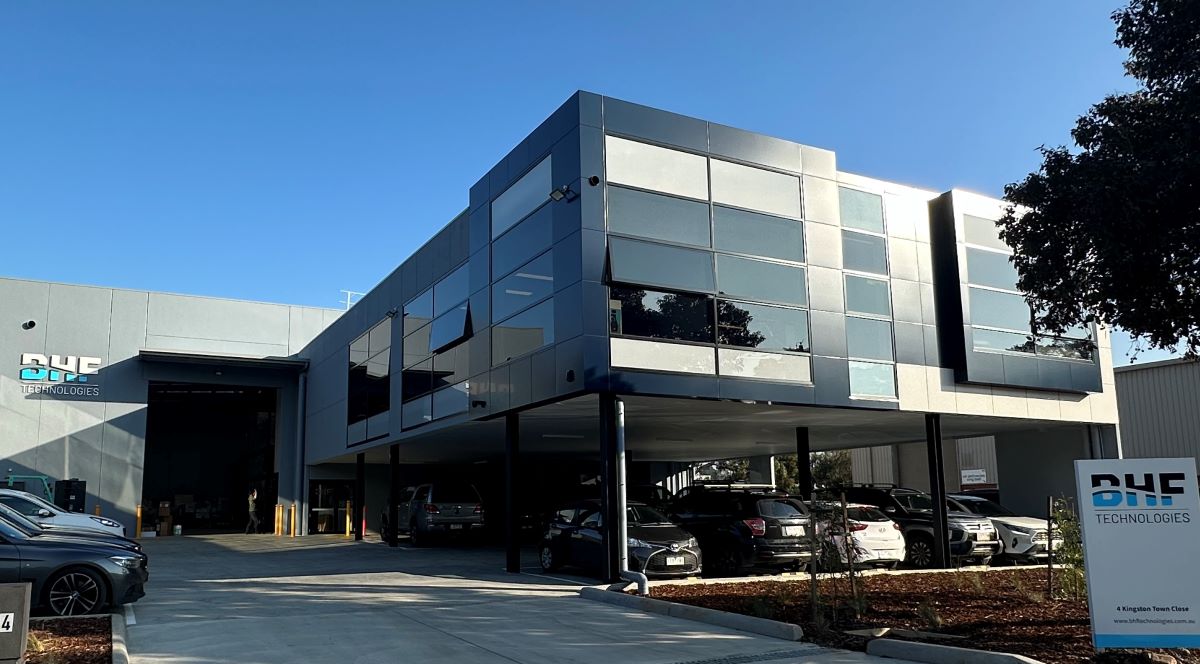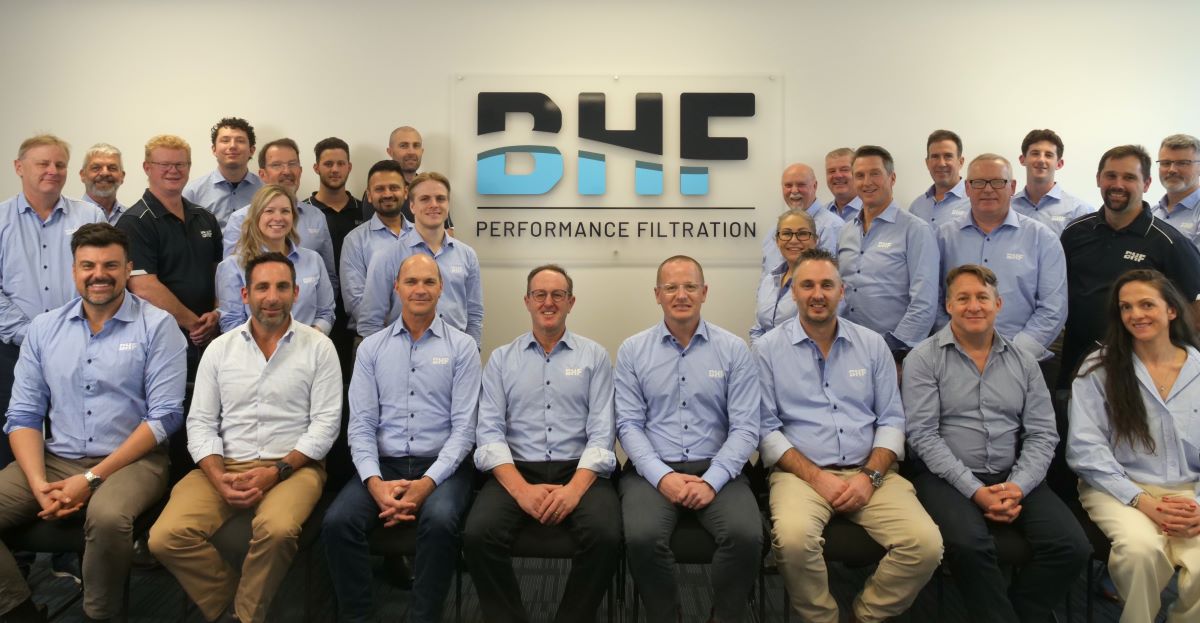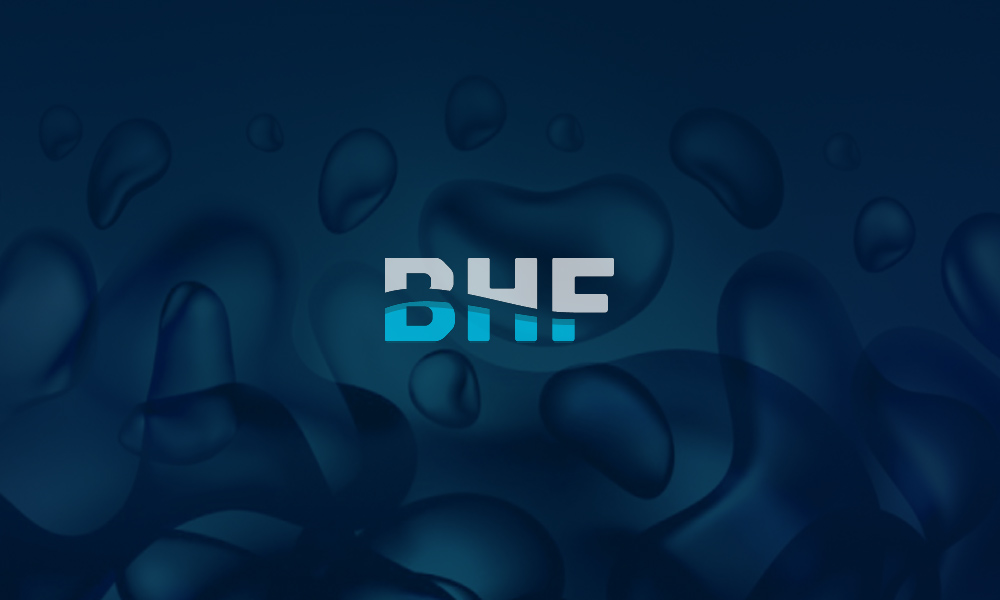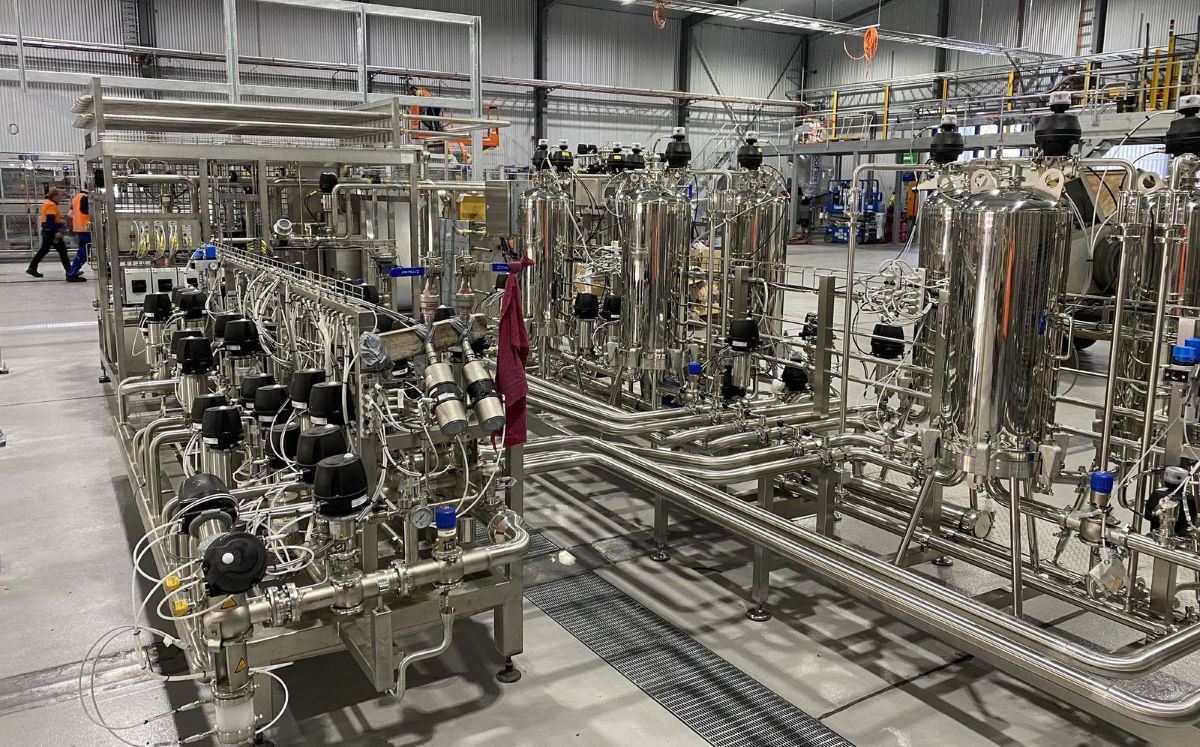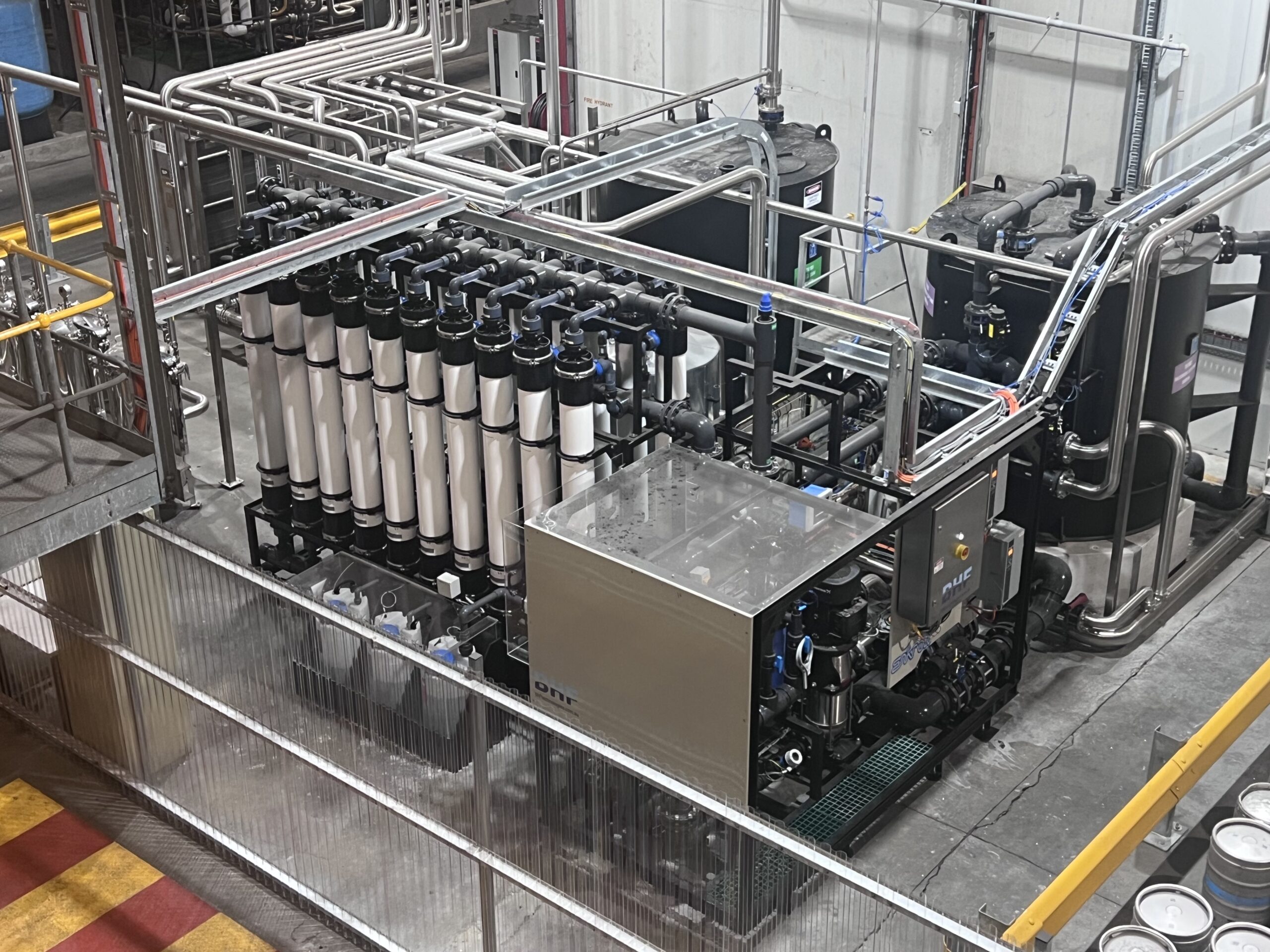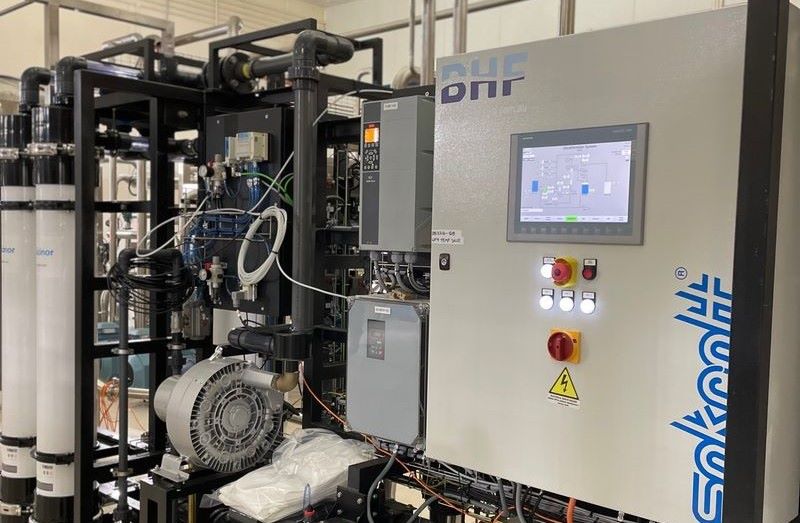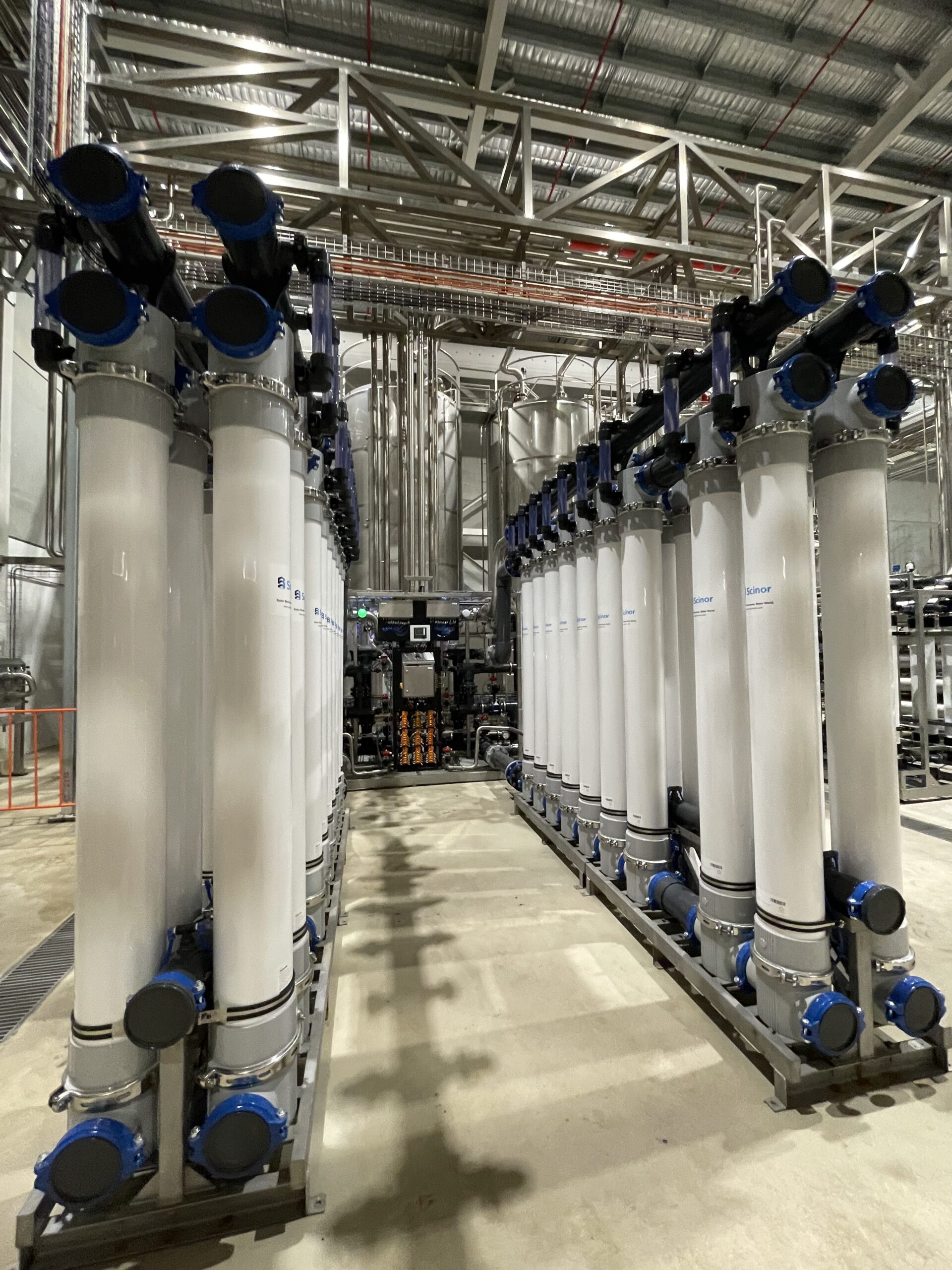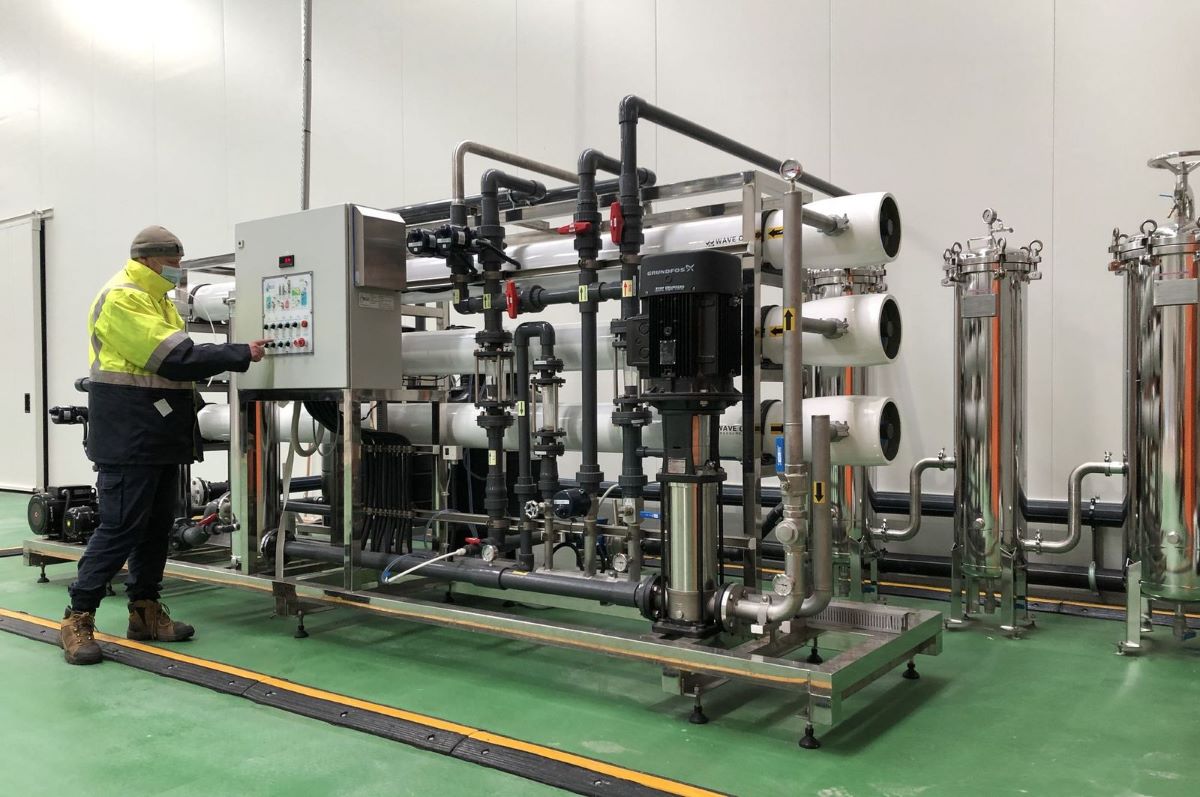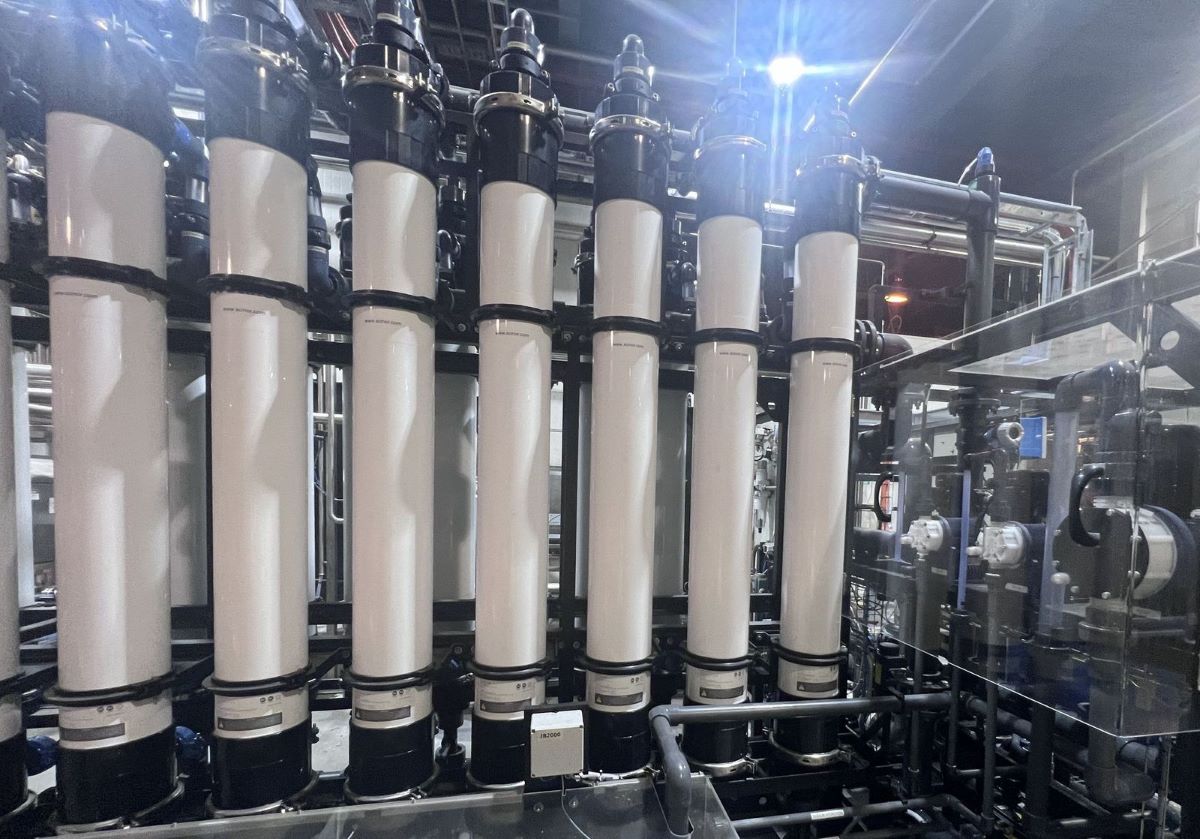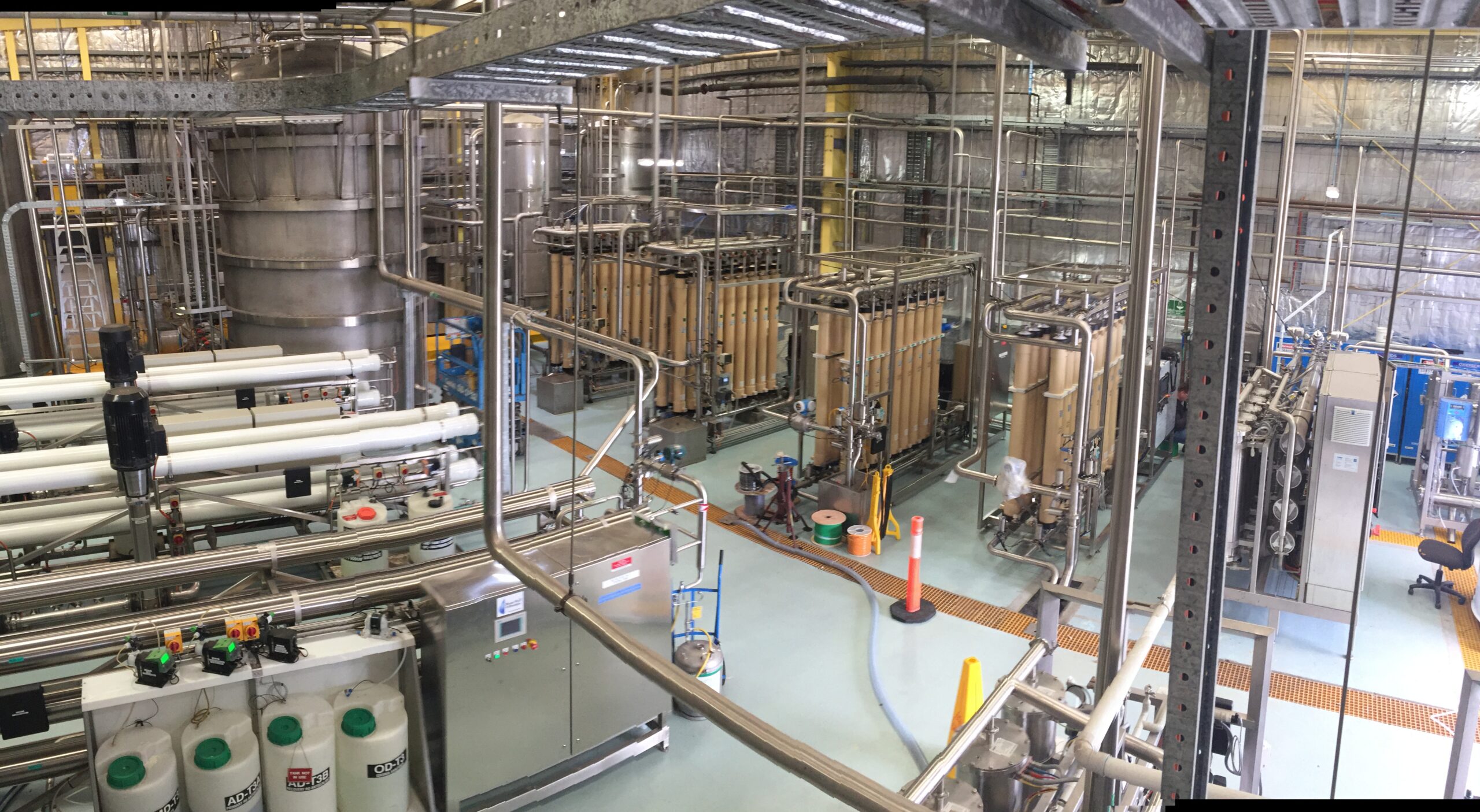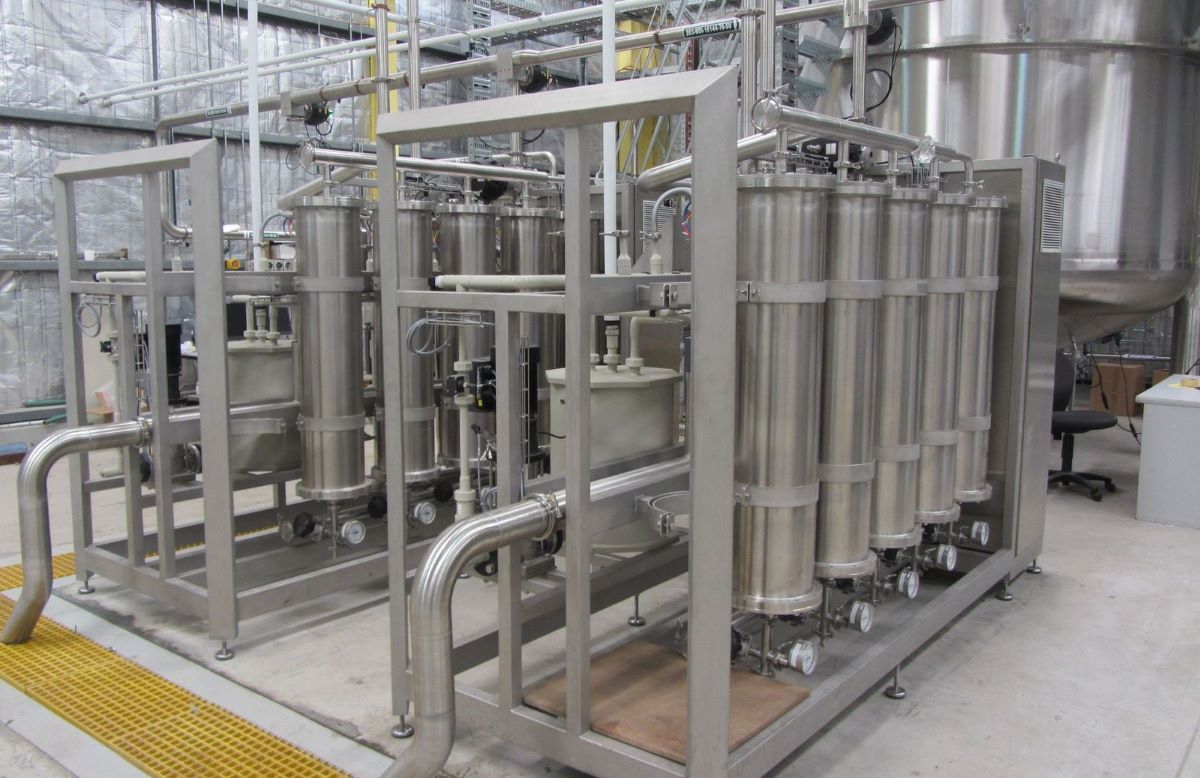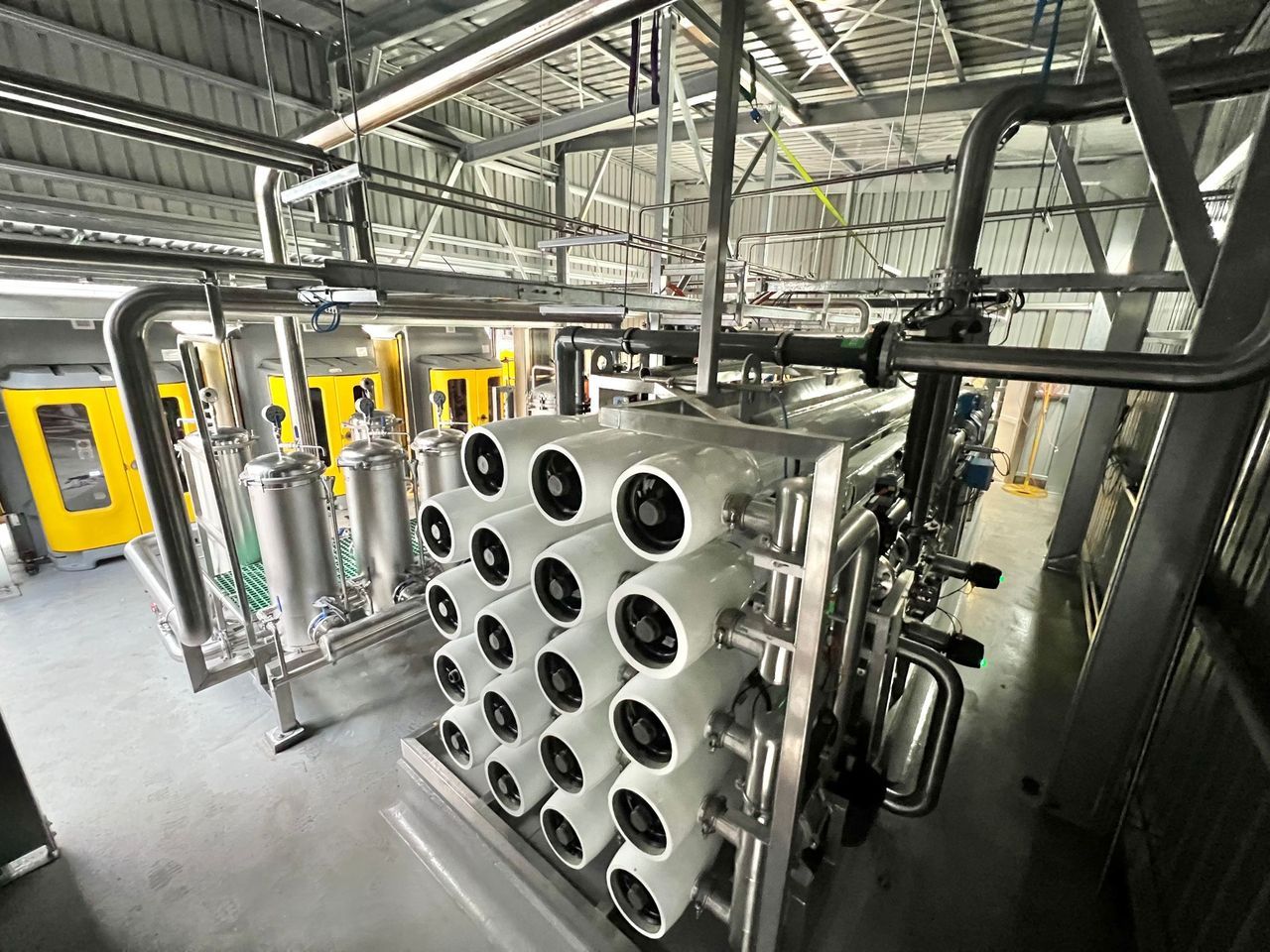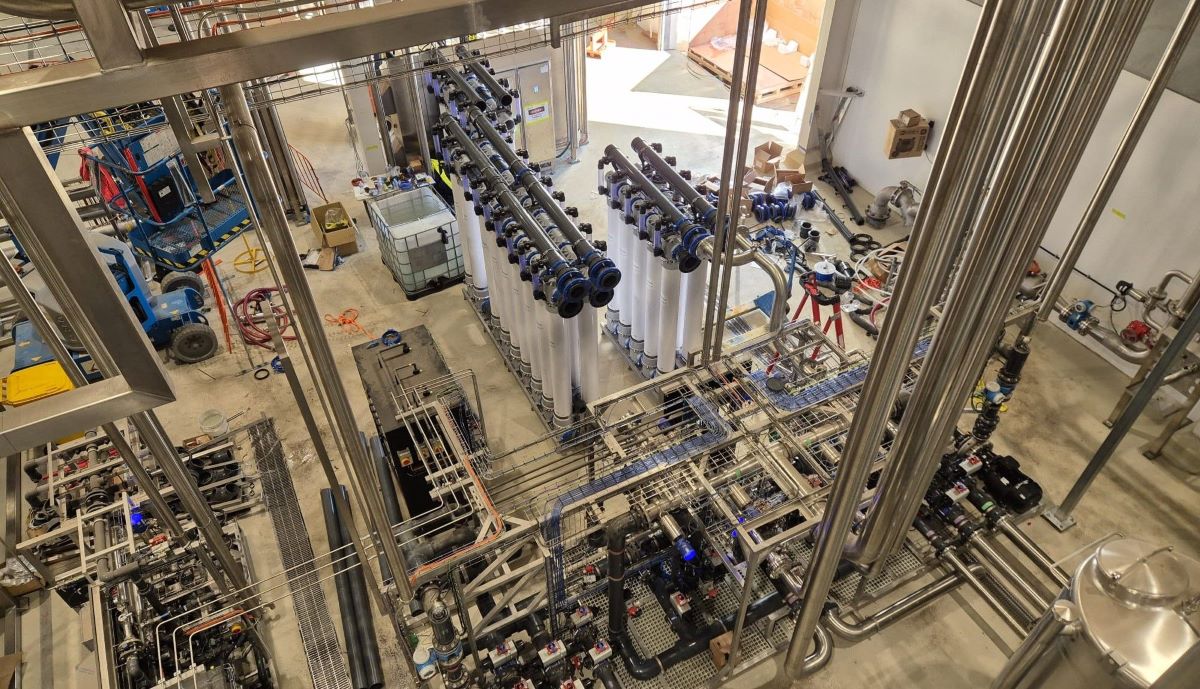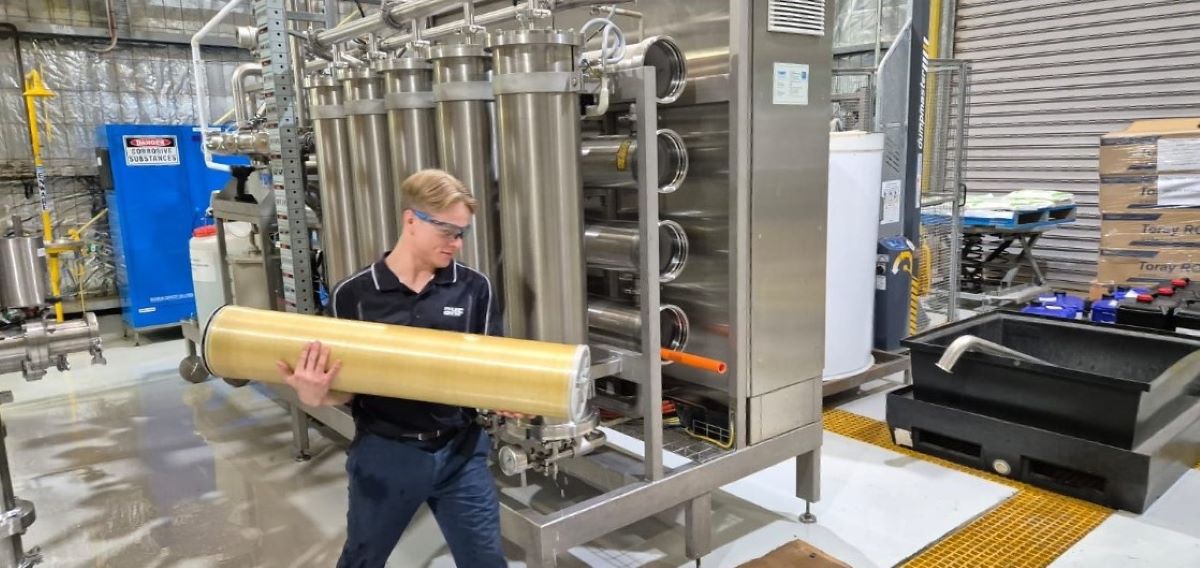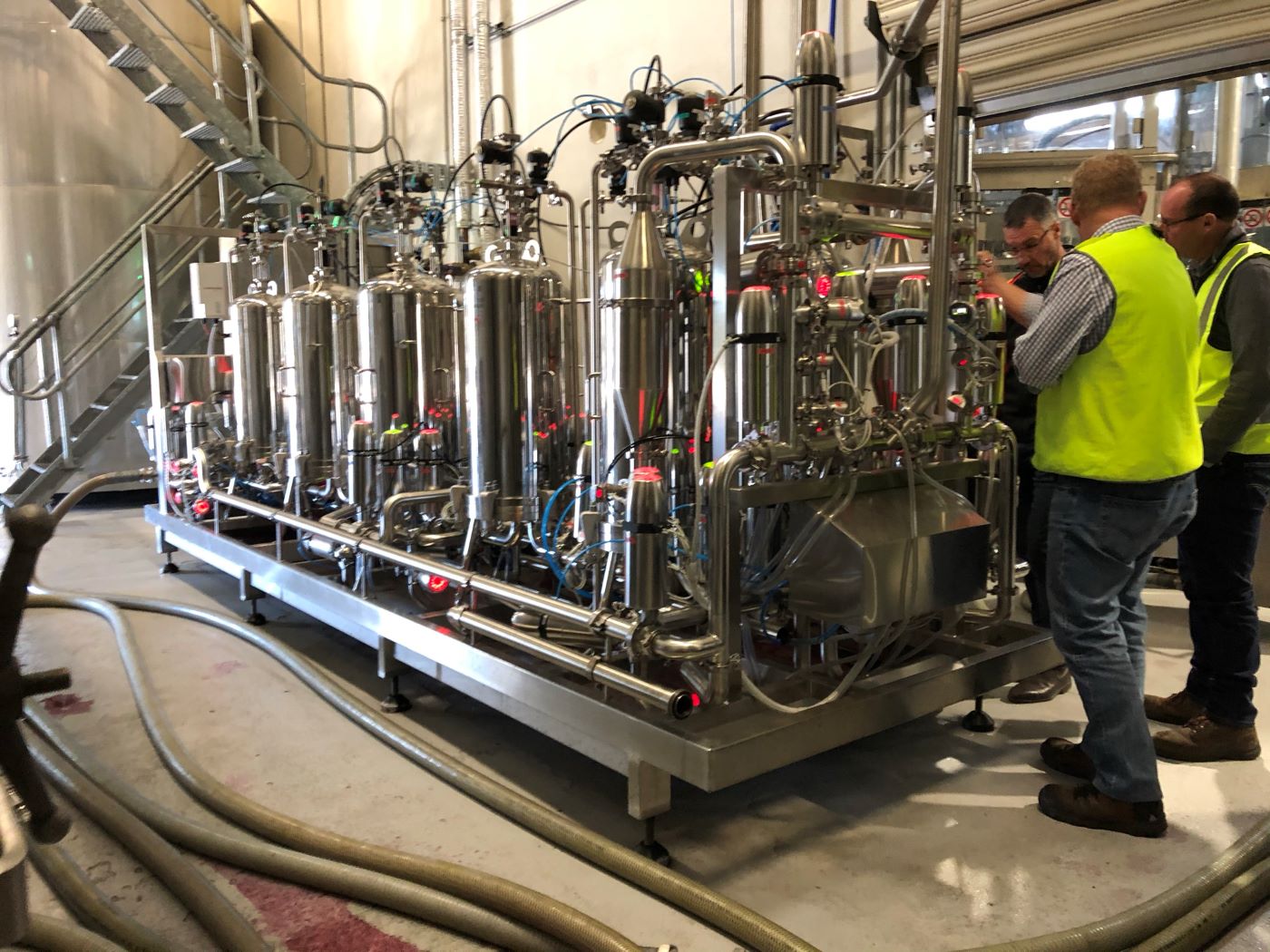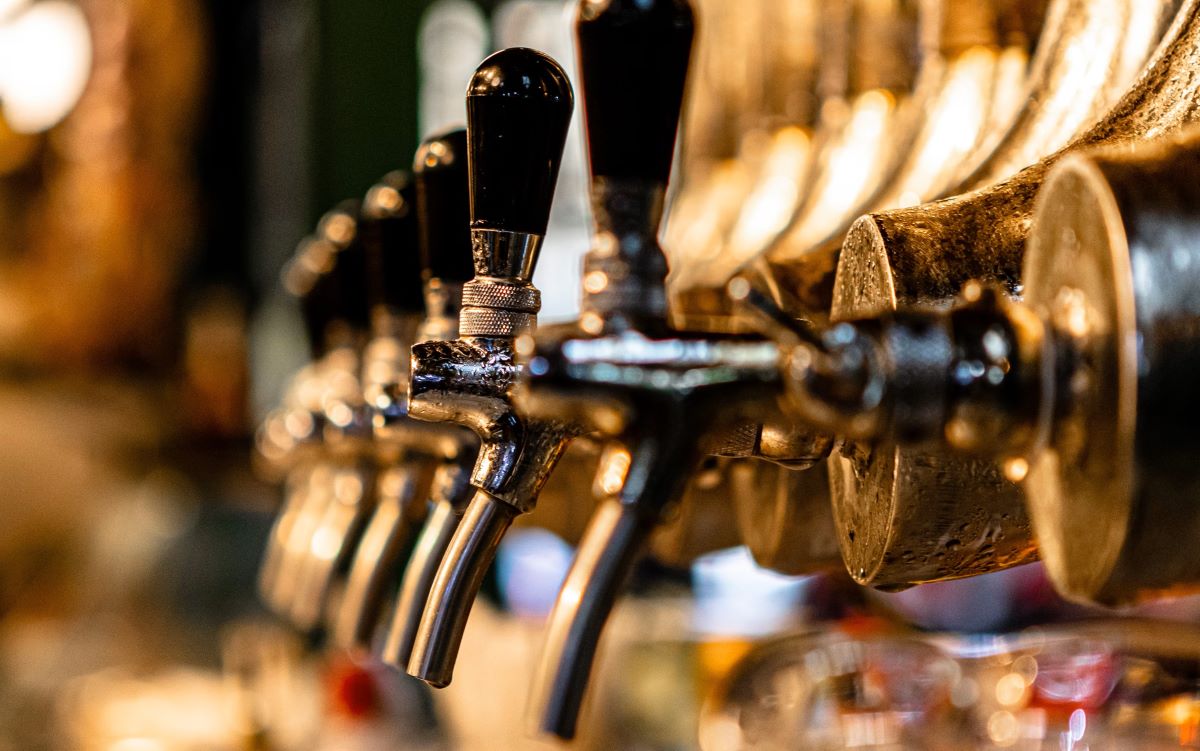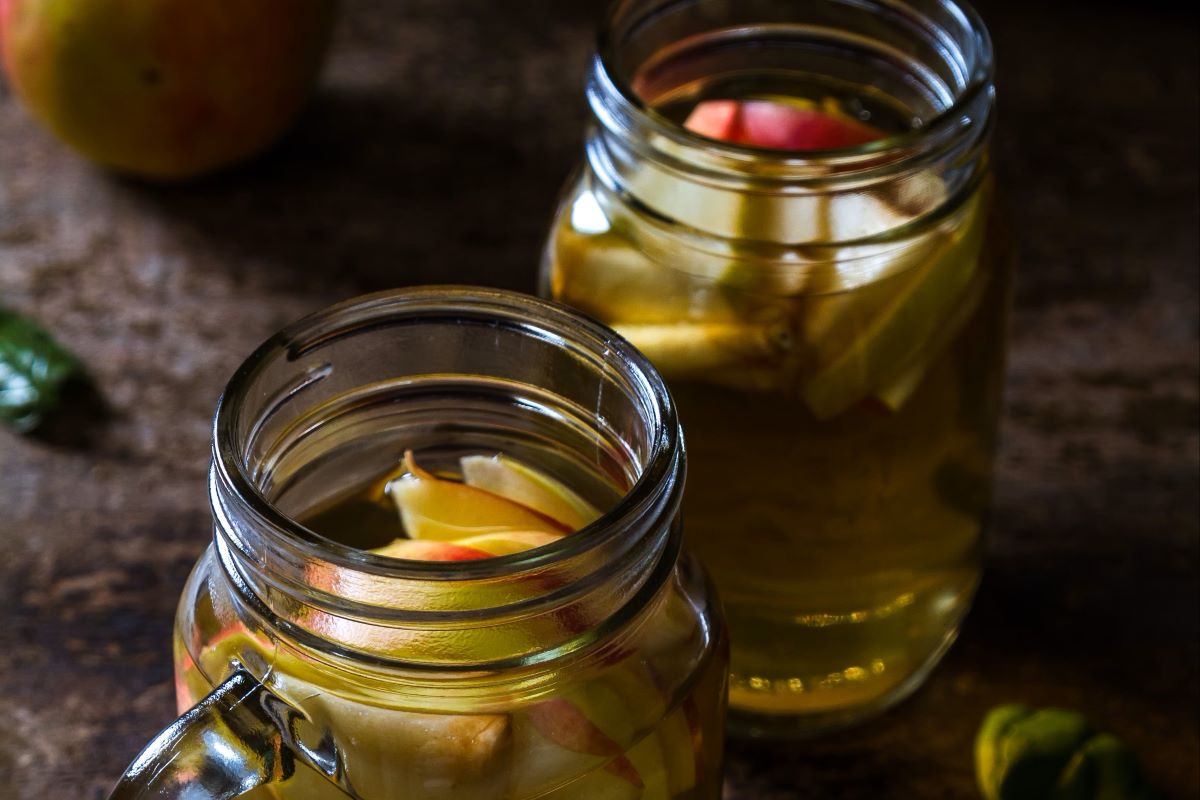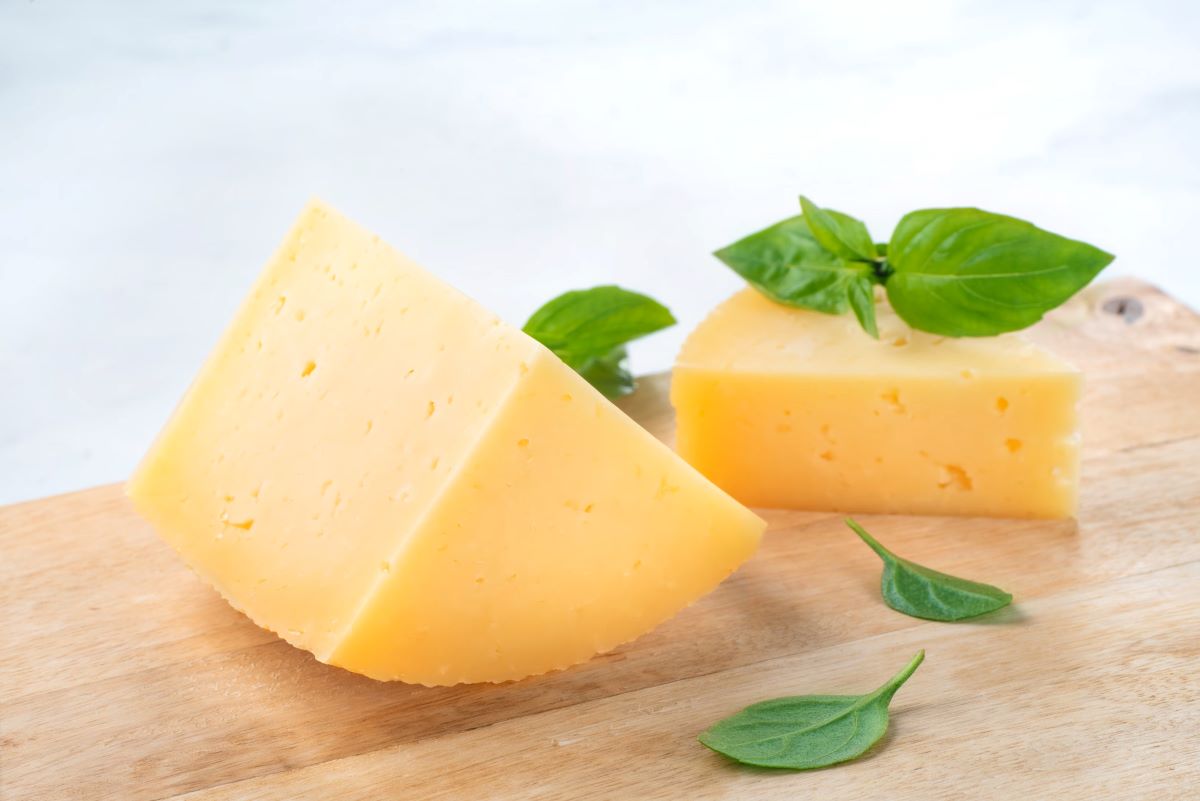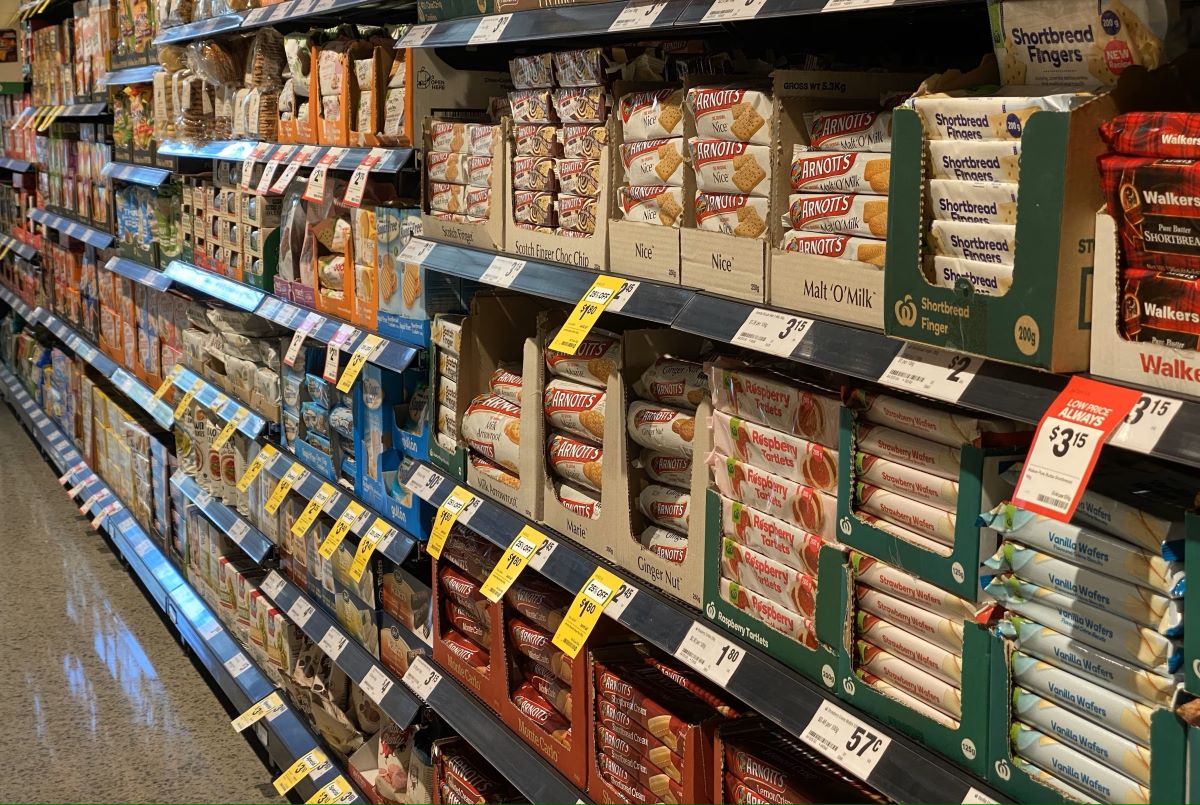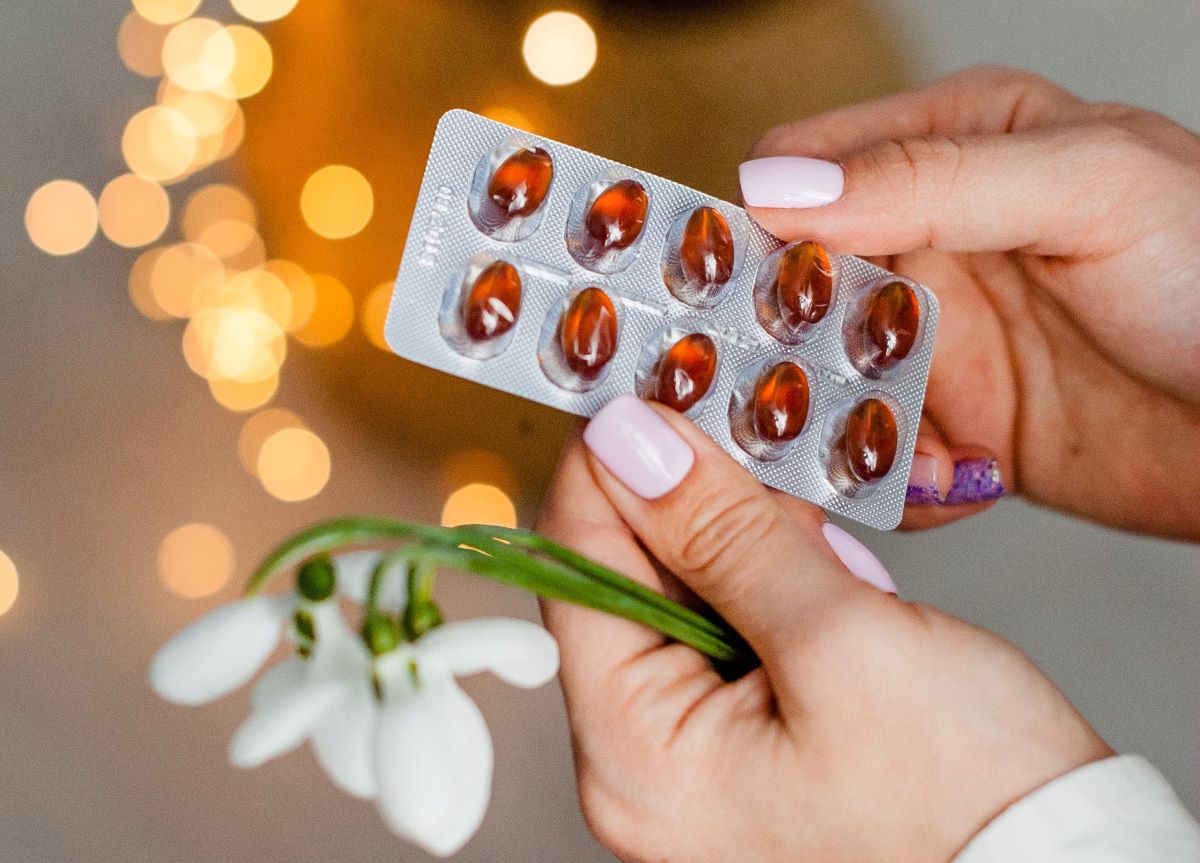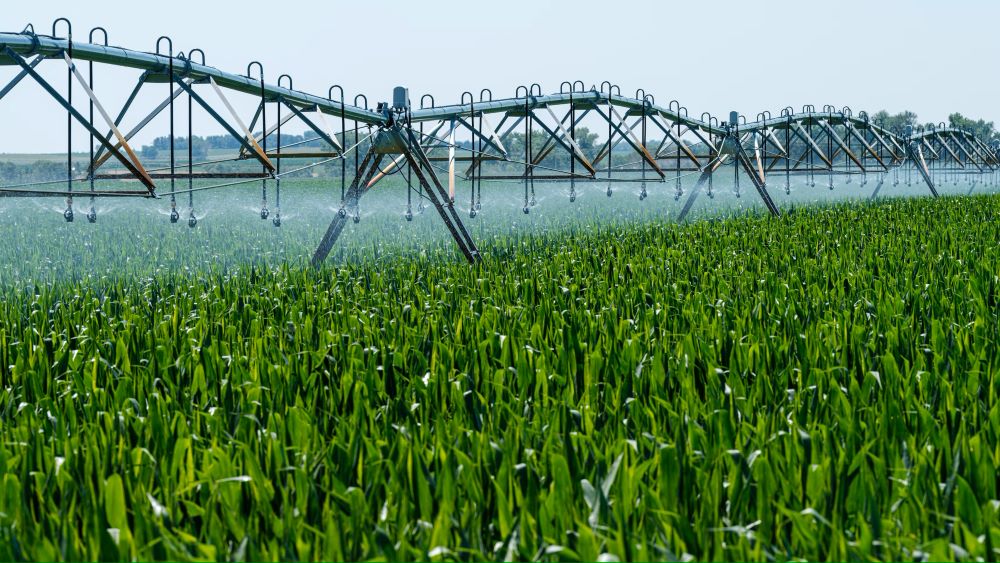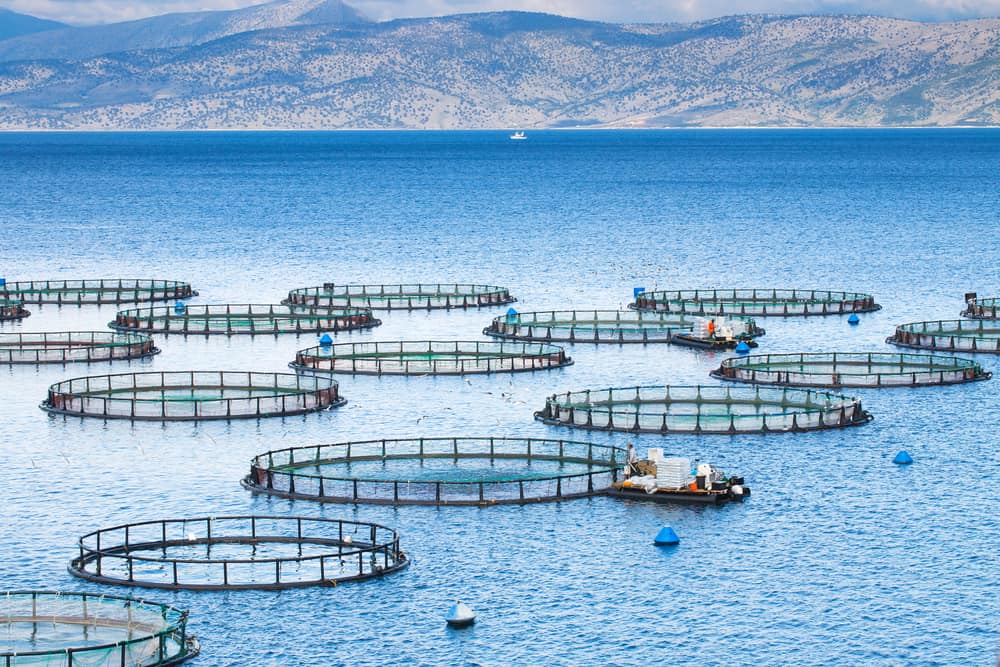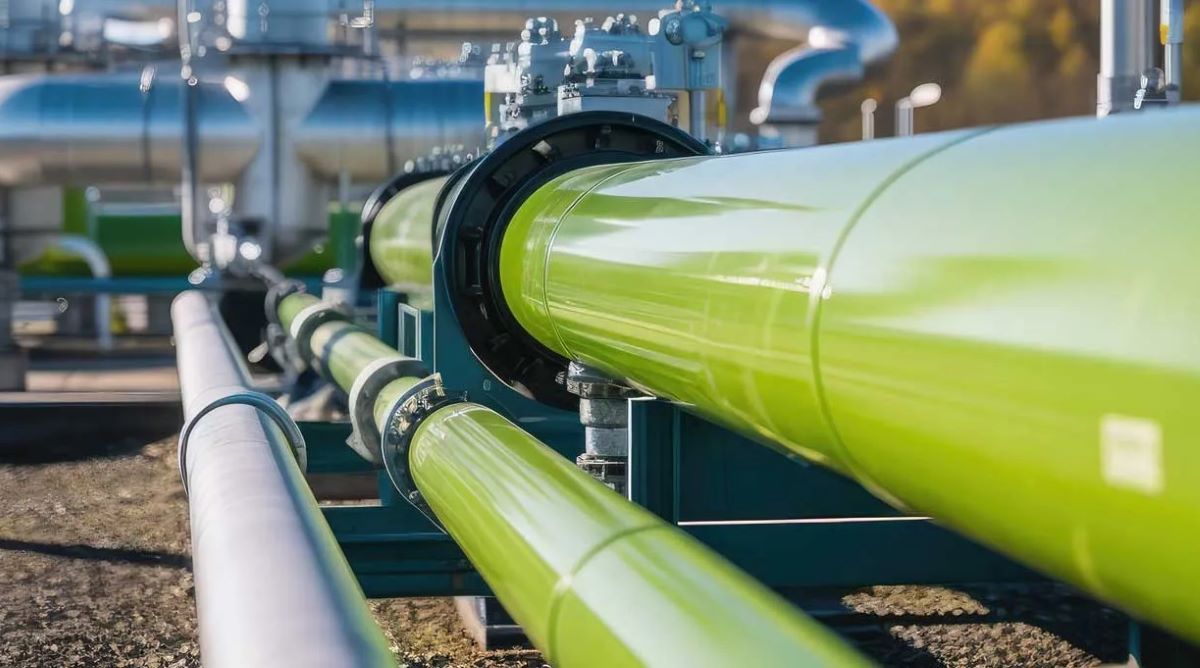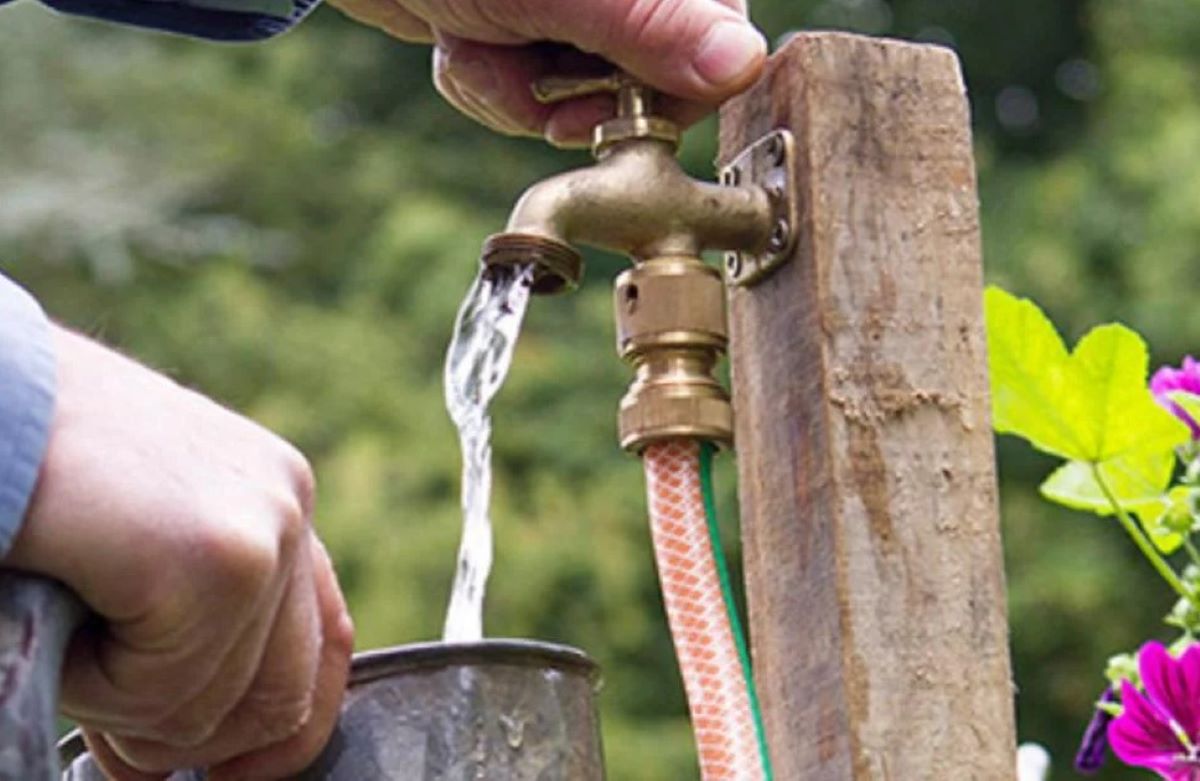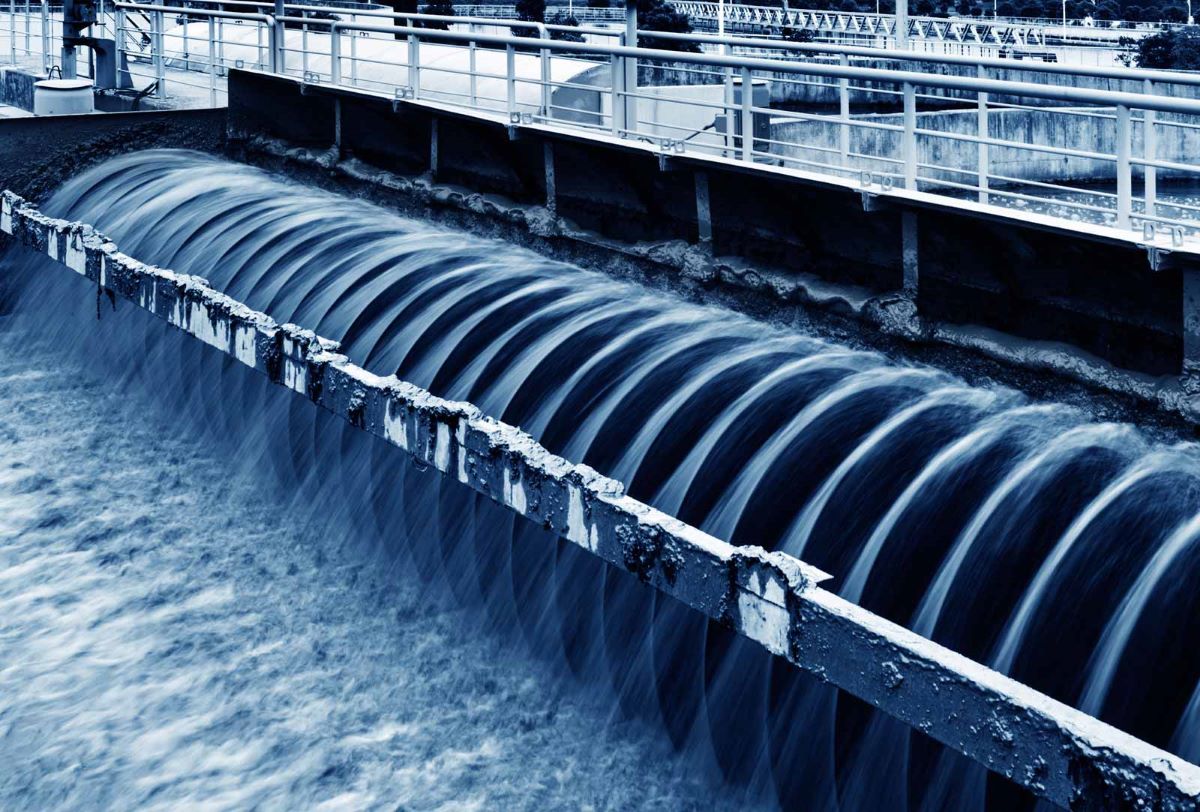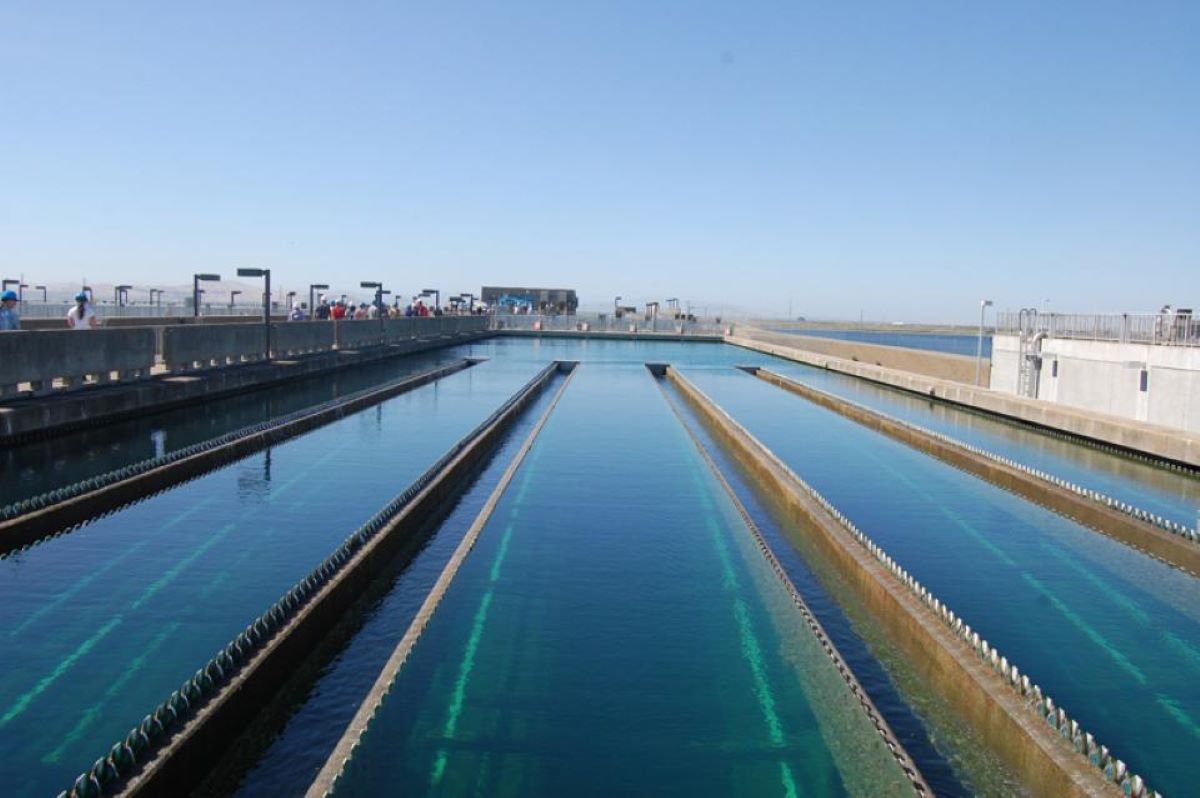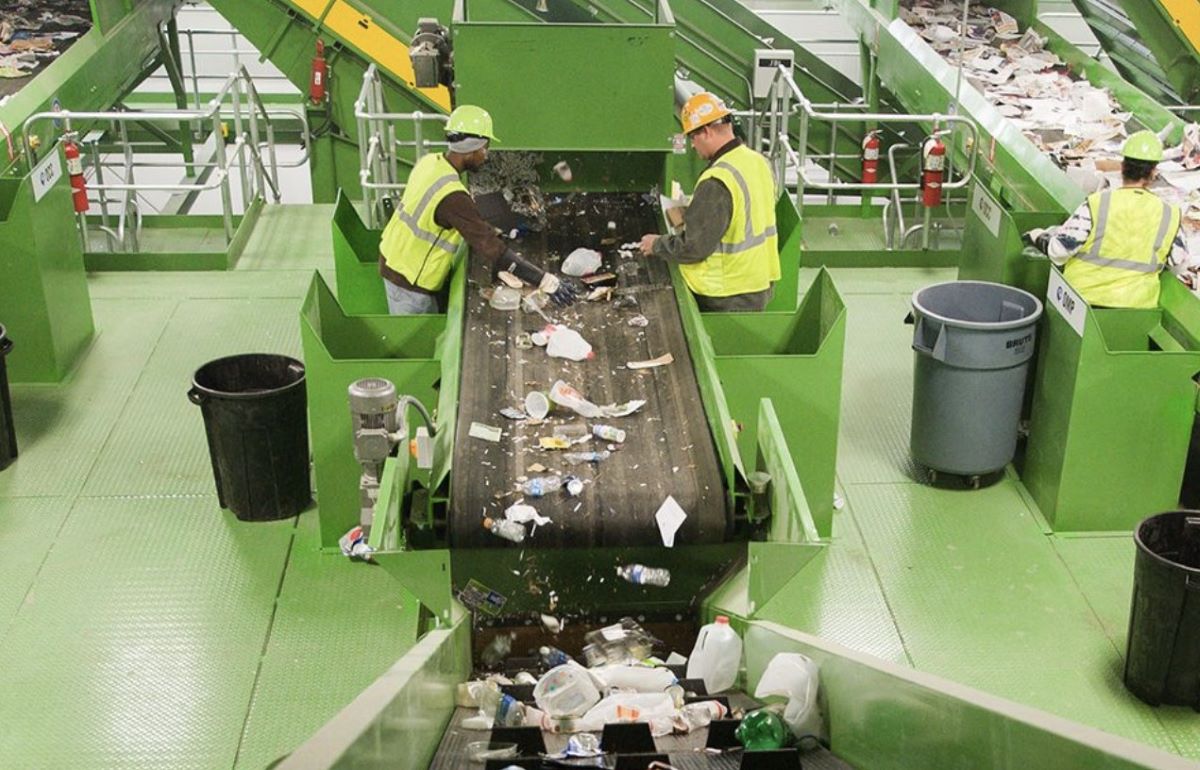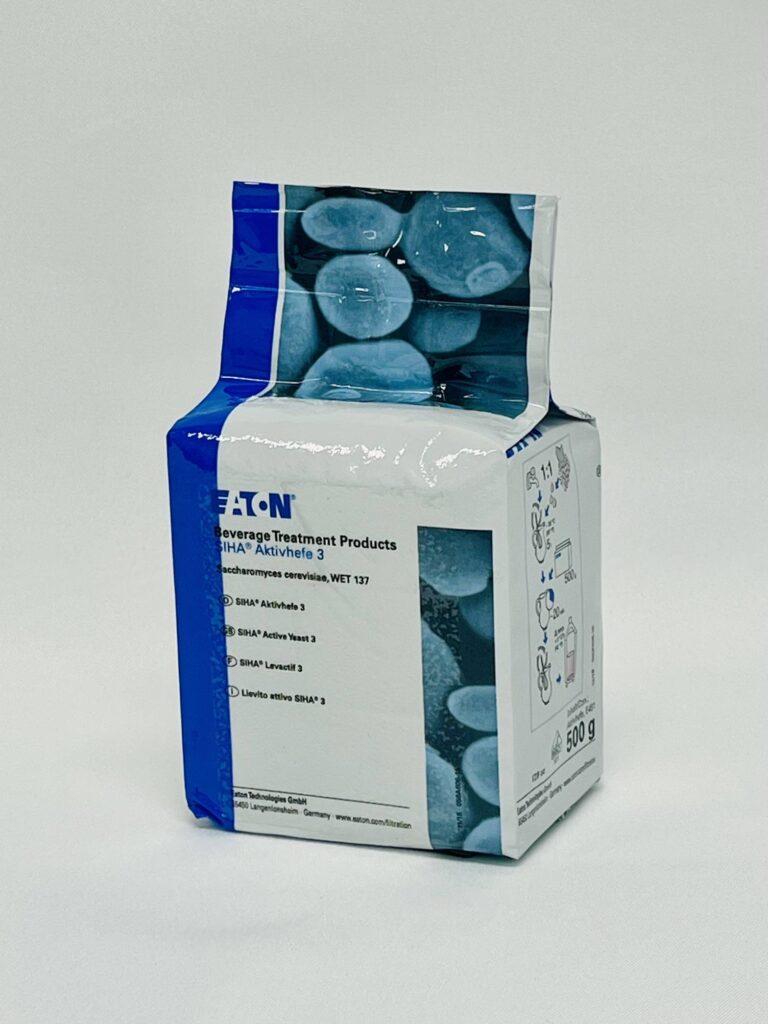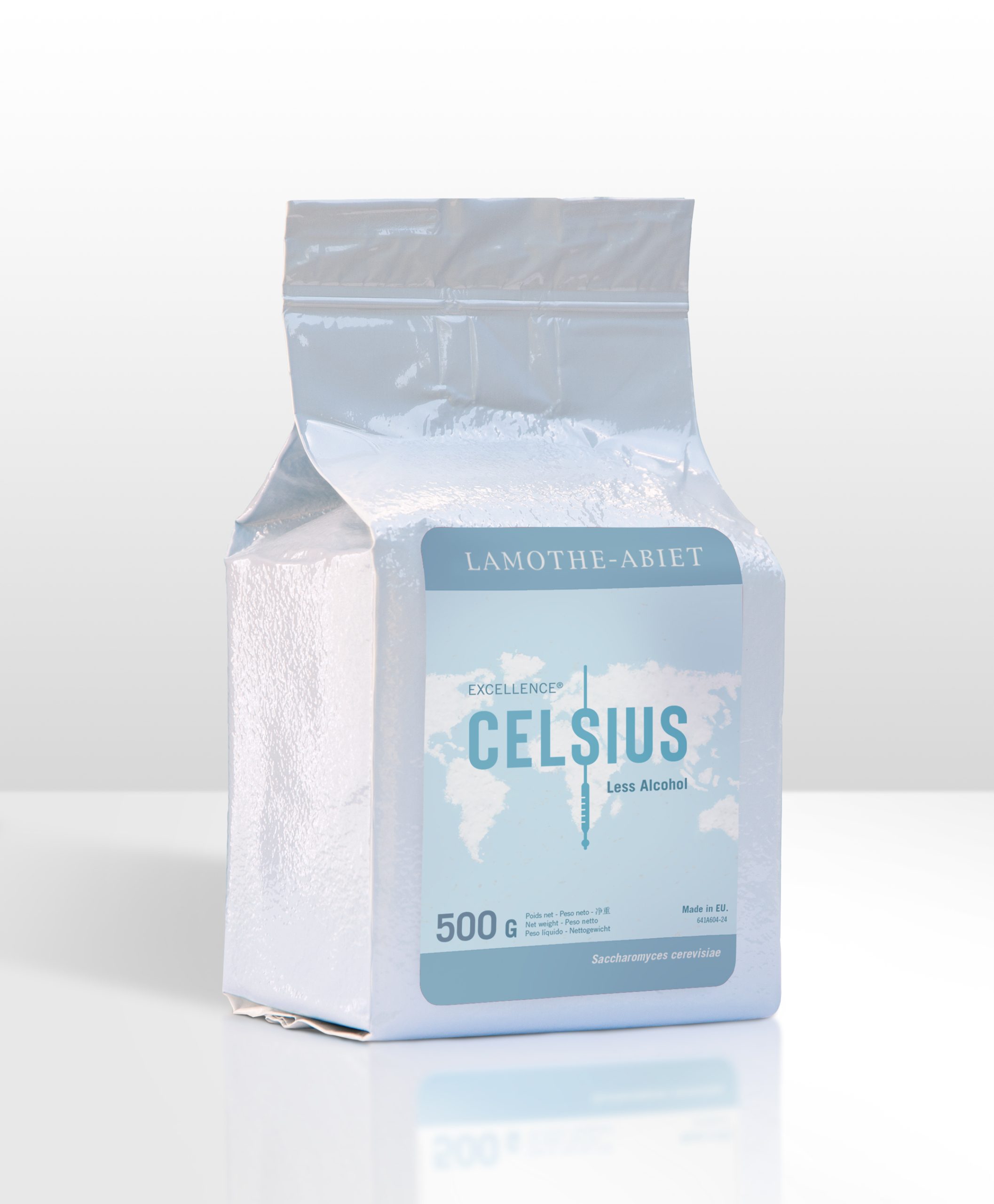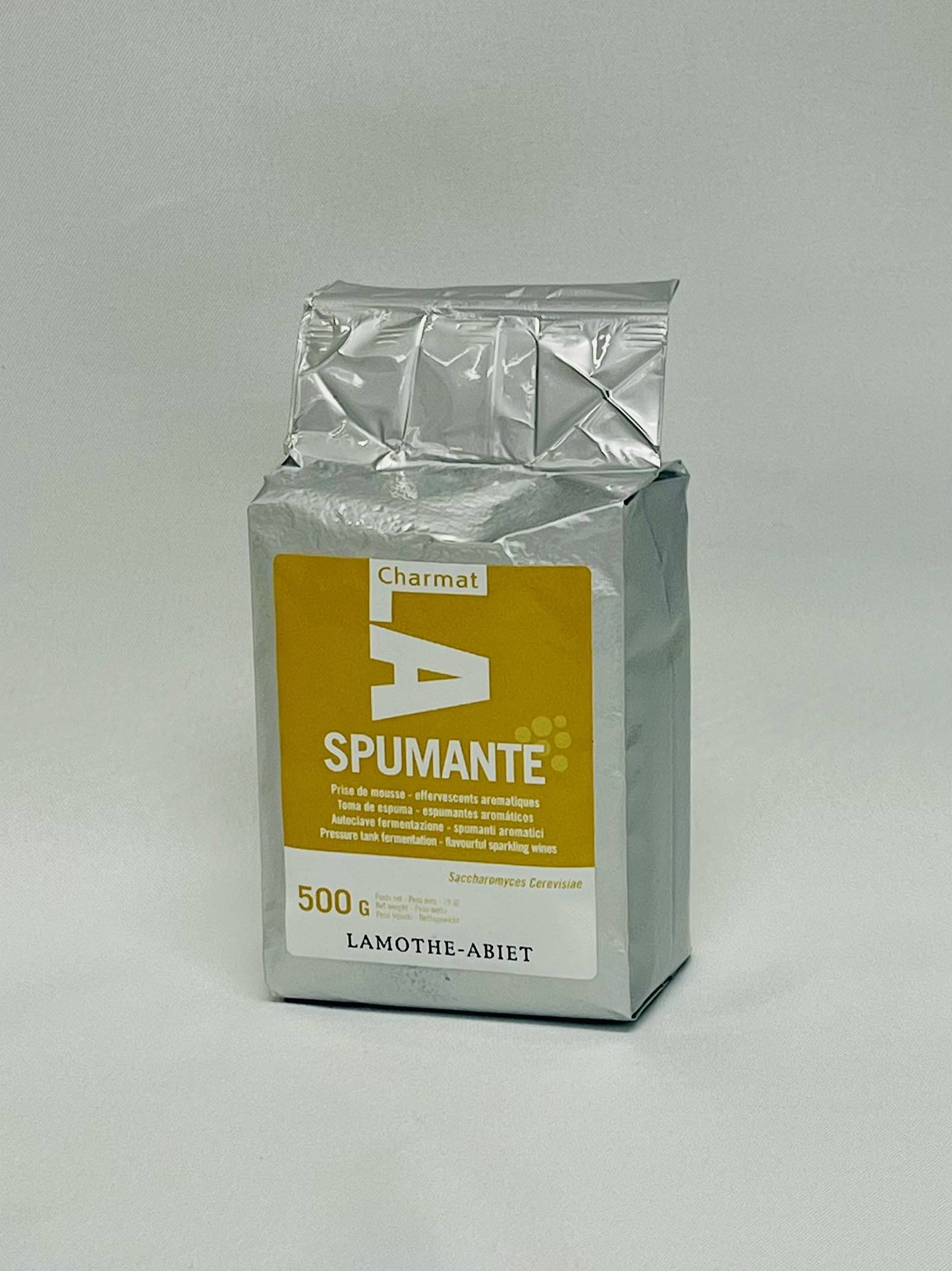Active Yeast 3
SIHA Active Yeast 3 is a pure, highly active dry yeast concentrate from top German locations. It ensures a rapid start and thorough fermentation, suitable for fermenting musts, mashes, re-diluted fruit juice concentrates, and completing interrupted fermentations.
Technical Specifications
SIHA Active Yeast 3 produces particularly fruity and full wines. It is distinguished by its clean metabolism and produces hardly any unwanted side products during fermentation, such as SO2, H2S, acetaldehyde, pyruvic acid (pyruvate), α-ketoglutaric acid, volatile acid, and esters. This prevents any taste influence caused by foreign material during fermentation.
The wines’ character emerges with a clear bouquet according to the variety and vineyard location. Further selection objectives were high fermentation activity and vitality. SIHA Active Yeast 3 displays a favorable course of fermentation with a high degree of final fermentation. Wild yeasts and unwanted bacteria are suppressed. The negligible tendency to froth ensures better utilization of the recommended yeast quantities added. SO2 quantities of up to 0.7 lb/1,000 gal (80 mg/l) are tolerated without difficulty.
SO2 contents in must are generally reduced during fermentation. Wines that have been fermented with SIHA Active Yeast 3 have a very low SO2 requirement after fermentation. The yeast can produce up to 16% alcohol by volume. The practical alcohol yield is approximately 47% of the sugar content. For each lb (kg) of sugar fermented, approx. 247 kJ (546 kJ)/59 kcal (130 kcal) of heat is released.
The ratio of foreign bacteria is extraordinarily low. Microorganisms injurious to beverages are not present. SIHA Active Yeast 3 is checked constantly in all important winegrowing countries in the world to see that it maintains the culture parameters. Its positive characteristics are constantly being improved and safeguarded by further selection.
Features and Benefits
The specific advantages of SIHA Active Yeast 3:
- Very rapid fermentation start, reliable thorough fermentation over a wide range of temperature; very good cold fermentation characteristics
- Quickly suppresses wild yeasts and bacteria, prevents unwanted fermentation side products
- Produces clear wines with a prominent character (clear bouquet according to the variety and vineyard location)
- Easy suspension by stirring in = simple application
- Negligible frothing
Product Applications
Basically speaking, musts and mashes should be treated with SIHA Active Yeast 3 as soon as possible. Longer periods of standing favor the uncontrolled reproduction of wild yeasts and unwanted bacteria. Fermentation problems can be reliably prevented by the dosages indicated (see table). These quantities are guidelines and should be adjusted to suit the individual conditions (health of the material harvested, temperature and presence of fungicide residue, container size, etc.).
The fermentation temperature range is between 50 °F (10 °C) and 95 °F (35 °C). The optimum fermentation temperature is 59 – 71.6 °F (15 – 22 °C). When using large containers, care should be taken to provide for adequate cooling. SIHA Active Yeast 3 is best stirred into 10 times the amount of a fifty-fifty must-water mixture at 68 – 86 °F (20 – 30 °C), left for about 10 minutes, then stirred thoroughly again and added to the must. Mixing in is unnecessary if the must is pumped onto the yeast preparation.
SIHA Active Yeast 3 can also be added directly to the must without suspension. In this case, the period until fermentation begins is extended by a few hours. However, to ensure reliable fermentation, the yeast quantity should be increased by about 20%. In the case of mashes, the yeast should be put directly into the container before filling so that it will be evenly distributed during pumping in.
The addition of 0.005 lb SIHA Vitamin B1 yeast nutrient fermentation aid per 1,000 gal (600 mg per 1,000 L) creates even better reproduction, fermentation, and metabolic conditions. To complete the fermentation of stopped wines, the addition of 12.5 lb/100 gal (15 g/L) SIHA Fermentation Salt yeast nutrient fermentation aid is recommended. To complete fermentation of stopped wines and for reliable fermentation under the most difficult conditions, it is advantageous to let the yeast become accustomed to the fermentation conditions.
This is done most simply by adding the yeast quantity required for the total amount of wine to be fermented to about 10% of this wine, permitting fermentation to start until about half of the sugar still present has been used up. This mixture is then added to the remaining 90% of the wine to be fermented. Yeasts adjusted in this manner ferment as a rule more quickly and have less tendency to die off than yeasts added directly to the total quantity of wine to be fermented.
